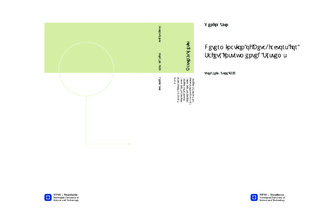Determination of Beta-factors for Safety Instrumented Systems
Master thesis
Permanent lenke
http://hdl.handle.net/11250/240909Utgivelsesdato
2013Metadata
Vis full innførselSamlinger
Sammendrag
SummarySafety instrumented systems are vital safety barriers to reduce the probability of the hazardous events and mitigate the consequences. Safety instrumented systems have been widely used in many kinds of industries. Redundancy is often introduced in safety instrumented systems for higher reliability. Although redundancy has many benefits, the negative effects cannot be ignored. Redundancy induces common cause failures to safety instrumented systems. The common cause failures are a big threat to the reliability of systems, which contributes to many major accidents. Therefore, it is very important to take common cause failures into consideration in risk and reliability assessment for the whole life cycle, especially in the design phase.There are two common cause failure modeling methods: explicit modeling and implicit modeling. The Beta-factor model belongs to implicit modeling and it is the simplest and widely used model. Many common cause failure models have been developed based on the beta-factor model. Three methods for the determination of beta-factor demonstrated in this master thesis: two IEC checklists (IEC 61508-6 and IEC 62061) and unified partial method (UPM). The procedures for beta-factor determination of these three methods are presented, the critical evaluation is performed for the IEC 61508-6 checklist, discussions on the effectiveness of questions are conducted, and a recommended question list of IEC 61508 is provided. Next, a detailed comparison between two checklists (IEC 61508-6 and IEC 62061) is carried out. As well the comparison between the checklist methods and the unified partial method is also demonstrated. Finally, some suggestions for the further work are provided at the end of this master thesis.
